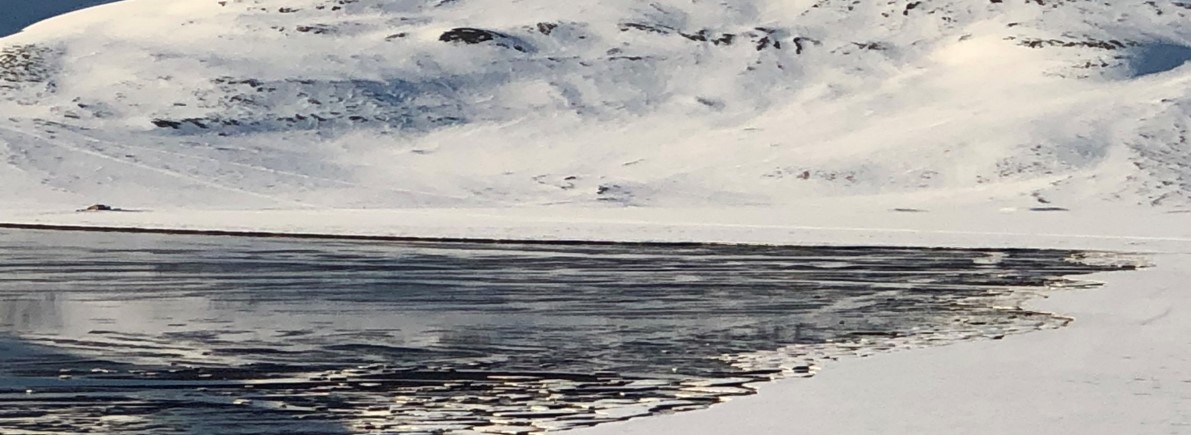Executive Summary
There is a higher prevalence of incomplete water and sanitation services in the rural Arctic region compared to the overall national status of Arctic nations. This is in particular true for Greenland. The water supply system in Greenland is uniform and centralized despite the fact that each town/settlement functions as an island operated system. In most towns people have improved in-house piped water. In settlements, however, most people pick up improved water by hand/foot in a community house. In other Arctic nations the picture is much more varied with truck service to individual household water tanks as a dominant solution, but also distribution systems such as pitorifice or utilidor, which are widespread in the North American Arctic. Most often the water is of high quality at the source, while transport and in particular storage in some places leads to deprivation of the quality. Self hauling and water shortage is a serious problem in particular places, which leads to water washed diseases and decreased life quality. Taste of chlorine has been documented to reduce peoples satisfaction with the improved water provided. Leading to self haul at e.g. creeks which are not quality controlled.
Background
Greenland is the world’s largest Island and has, with its 56000 inhabitants, the world’s lowest population density. The population is dispersed across: 17 “towns” with 430 to 17000 inhabitants, 58 “settlements” with 25 to 460 inhabitants and approximately 40 isolated sheep farmers. Concerning all infrastructure each place functions as in Island operated unit, meaning that each place has its own water treatment and water supply system. There is no infrastructural connection between places and the only possible means of transport are by air, boat (in the summer) and dog-sledge or snowmobile (in the winter).
Learning objectives
At the end of this lecture students will:
- understand the water distribution system in Greenland, including the advantages and challenges.
- be able to discuss improvements to the Greenlandic system in a qualified manner
Lecture
Results of an Arctic Council survey on water and sanitation services in the Arctic
As part of a project endorsed by the Arctic Council’s Sustainable Development Working Group (SDWG), this paper presents the results of a survey about the current status of water, sanitation and hygiene (WASH) services in the Arctic region. It came out that many remote Arctic and sub-Arctic residents lack WASH services, and these disparities are often not reflected in national summary data. Environmental changes impacting WASH services were reported by respondents in every Arctic nation. Participants at an international conference co-sponsored by SDWG reviewed these results and provided suggestions for next steps to improve health of Arctic residents.
BRESSLER, J.M. and HENNESSY, T.W. (2018): Results of an Arctic Council survey on water and sanitation services in the Arctic. In: International Journal of Circumpolar Health: Volume 77 , 1. URL [Accessed: 02.08.2018] PDF

